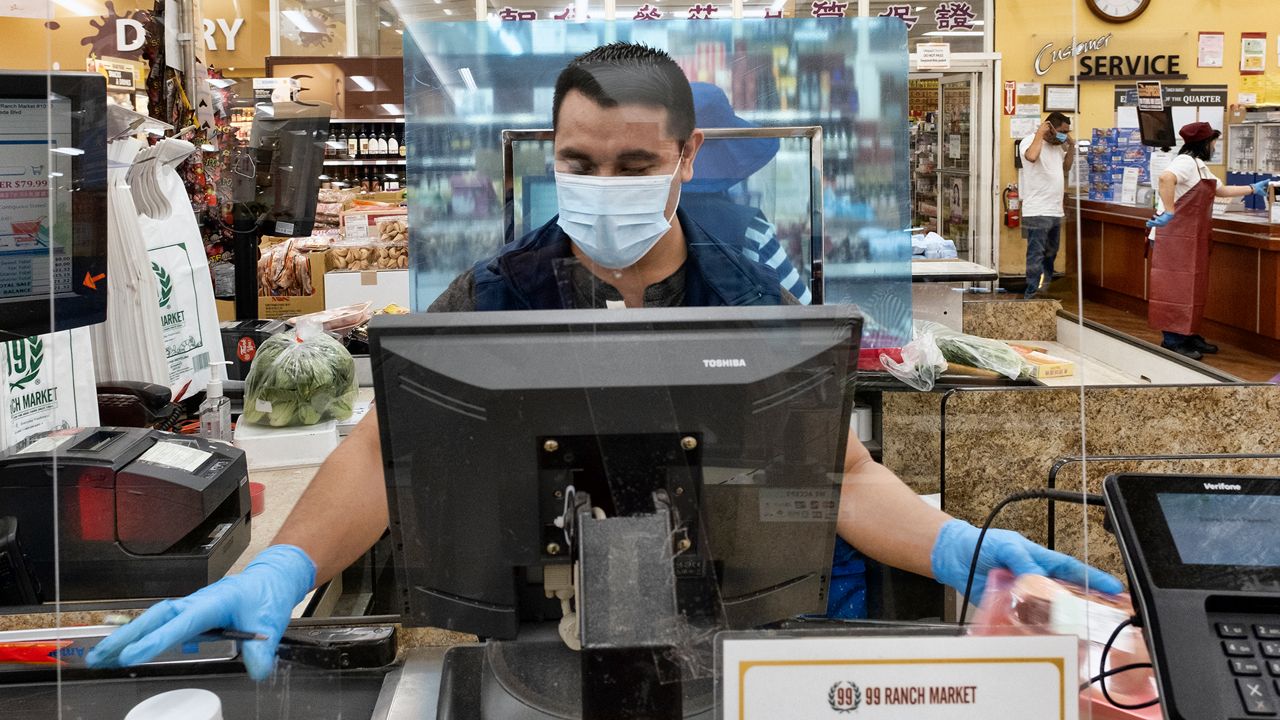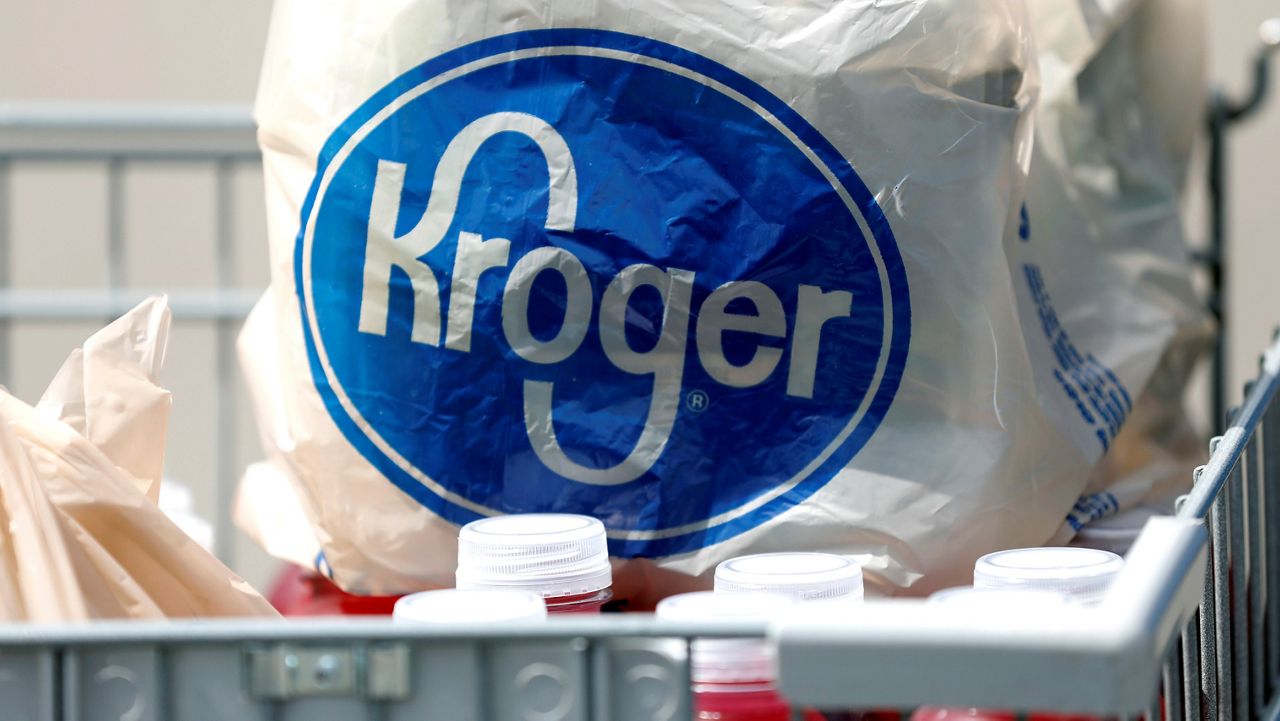OHIO — Kroger said it has no plans to lift its mask mandate at Ohio locations until essential workers like grocery store employees receive their COVID-19 vaccines.
Despite guidance from the Centers from Disease Control and Prevention to prioritize essential workers for the vaccine, grocery store associates are not a priority group for vaccinations in Ohio.
Beginning Friday, individuals who have heart and lung issues, cancer, obesity, or who are 40 and older will be able to receive a COVID-19 vaccine, Gov. Mike DeWine announced Tuesday. On March 29, the eligibility widens to all Ohioans 16 and older.
While some states have dropped their mask mandates, including Texas and Mississippi, other states including Ohio haven't yet. Ohio set a target to lift its mask mandate when COVID-19 cases drop to a level about a third of where they are now.
The Ohio-based company Kroger, which is the second-largest grocery chain in the U.S., stated it doesn't plan to get rid of the mandate until its workers are eligible for a vaccine.

"To ensure the continued safety of our customers and associates, The Kroger Family of Companies will continue to require everyone in our stores across the country to wear masks until all our frontline grocery associates can receive the COVID-19 vaccine," a Kroger spokesperson said. "Additionally, in alignment with CDC guidance, we continue to encourage everyone to practice social distancing and frequent hand washing as well as consider the use of no-touch grocery delivery or low-contact grocery pickup."
Even in the states that are easing up restrictions, Kroger, along with other major chains like Target, Best Buy and Starbucks announced they have no plans to loosen COVID-19 protocols until a majority of the U.S. population is vaccinated.
So far, 1.4 million Ohioans are fully vaccinated, which is a little more than 12% of the state's population, according to the Ohio Department of Health. Nationally, just 11% of the population has been completely vaccinated, whereas 21% of the population has received the first dose, according to the Centers for Disease Control and Prevention.



